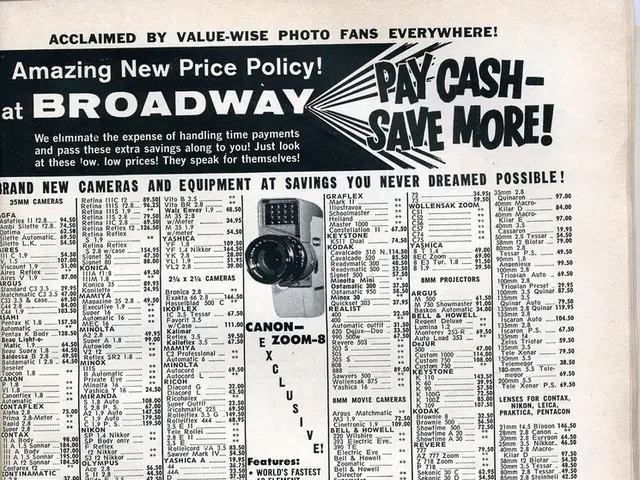Designing User Experience with Data-Backed Approach
In the world of User Experience (UX) design, user interviews have proven to be an invaluable tool for creating empathetic designs that cater to the needs of the user. The practice of conducting user interviews was initiated by researchers and practitioners in human-computer interaction and usability engineering, with early applications dating back to the 1980s.
A fundamental aspect of any project should be the incorporation of user interview input. This data, gathered through a variety of methods, helps in understanding the user, fostering empathy, and providing actionable insights. User interviews can range from detailed visits and face-to-face meetings to quick phone calls, tailored to the specific project requirements.
Recruitment for these interviews is vital and should primarily come from the existing client and user base. In cases where more diverse perspectives are needed, recruitment can extend to personal social connections. It's important to recruit more participants than necessary, as not all may provide valuable data.
When conducting user interviews, it's crucial to avoid using leading questions. The goal is to gather honest and unbiased responses that truly reflect the user's experiences and needs.
Once the interviews are complete, it's essential to take detailed notes and summarise key points on cards or post-its. This process helps in organising and analysing the data more effectively.
User analytics, another crucial aspect of UX design, provide quantitative data that can be easier to work with compared to interview data. These analytics can help identify areas of high performance and areas of low performance, offering valuable insights for improving the user experience. Existing analytics can provide a wealth of information that can be leveraged to enhance the design process.
After the user interviews and analysis, a card sorting exercise can be conducted to identify the most important points. This exercise helps in categorising and prioritising the data, ensuring that the most valuable insights are not overlooked.
In conclusion, the best data for UX projects comes from user interviews and analytics combined. By understanding the user's needs and experiences, and using this information to inform design decisions, we can create user-centric designs that truly make a difference.








